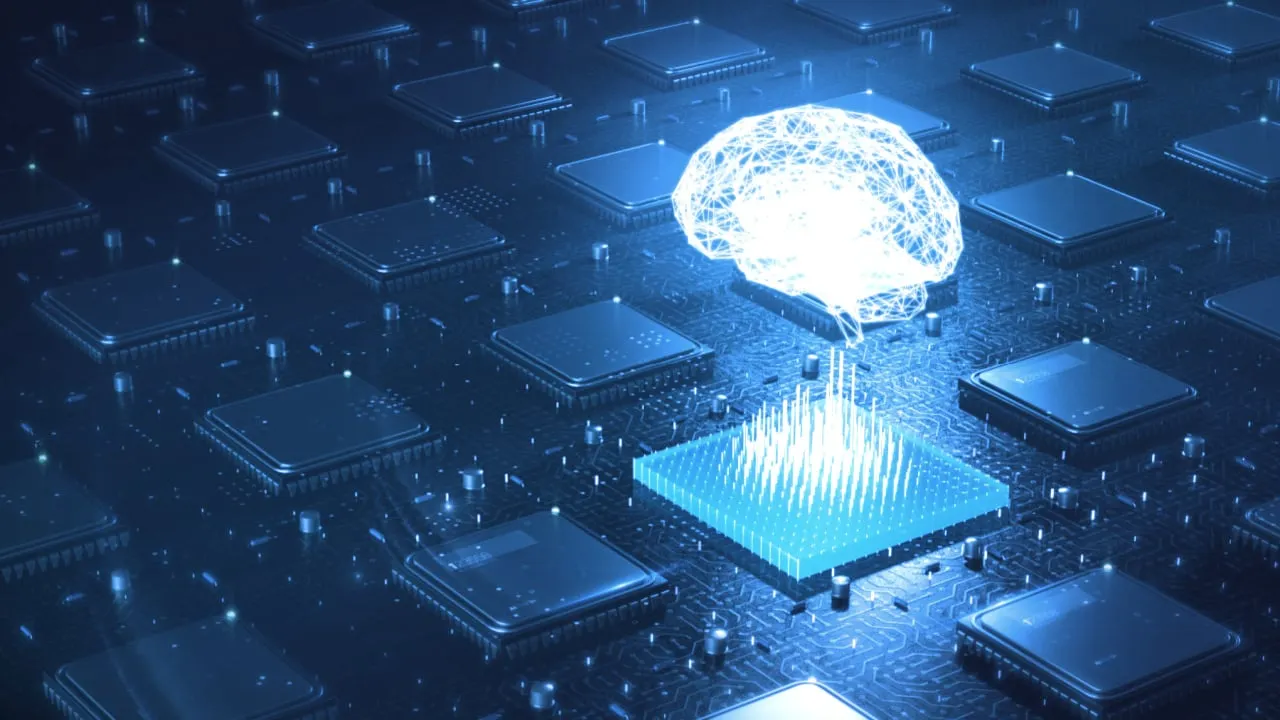Where do the AI tokens begin and the memecoins end?
Following the breakout success of OpenAI’s mega-popular ChatGPT program, crypto investors have been eagerly hunting down ways to latch on to the new trend.
In February, tokens powering Fetch.AI and Singularity both soared more than 20% overnight as buyers tried linking the two emerging markets.
Elsewhere, Tron launched a $100 million AI development fund, encouraging developers to create dApps on the network using AI tools. Bosch and the Fetch.AI Foundation also launched another similar fund to bridge the two technologies.
The enthusiasm is palpable. But is the hype justified? It depends on the data.
“Web3 operates on transparency, traceability, and most importantly: verifiability. In order to be fully integrated as a tool for Web3, AI has to be verifiable,” Space and Time CTO Scott Dykstra told Decrypt.
The CTO’s firm, which landed $20 million in investment led by Microsoft’s M12 Fund, is focused on doing precisely this. Space and Time has rolled out a unique protocol called Proof of SQL to help verify that incoming data has been untampered with.
This allows an external verifier, such as a smart contract or an oracle network, to “double-check” the data warehouse. This becomes especially important when protocols, like those in the DeFi space, are handling huge amounts of data.
More broadly, though, for artificial intelligence to improve and learn they need oceans of information. But with so many inputs, the task of ensuring the data’s quality quickly becomes insurmountable for one person, or a team of people, to manage effectively.
“For AI to become reliable and trusted, you need to ensure that the data being fed into it is accurate and it hasn’t been tampered with by a malicious actor,” said Dykstra. “Otherwise, the consequences of an AI trained on malicious or inaccurate data could be disastrous.”
AI, Microsoft, and blockchain technology
Microsoft’s recent multi-year, multibillion-dollar investment in OpenAI means the firm is making a big bet on the technology. It also means that projects that fall under Microsoft’s influence, like Space and Time, will also enjoy unique access to artificial intelligence.
This also includes the cloud computing service Azure, which is an exclusive provider of cloud services to OpenAI’s research, API, and products. Space and Time, in turn, partnered with Azure too, now seeking to bridge Web2 and Web3 datasets.
The company’s vision is that all of this is going to happen using analytic tools familiar to Web2, fully integrated into an enterprise’s off-chain data architecture.
Speaking of the Azure partnership, narrowed to “a simple deployment” for the time being, Dykstra told Decrypt that “this integration provides developers with an on-ramp to access, manage, and perform analytics on blockchain-native data, as well as feed verifiable data into AI models for training.”
Chiming into the conversation, Space and Time CEO Nate Holiday added that AI should not be considered a universal solution, but rather a tool that may help in certain situations.
“At work, AI tools like ChatGPT can help streamline workflows and increase productivity, but they don’t replace the ‘human factor’— reasoning, situational awareness, individuality, empathy, and creative energy,” Holiday told Decrypt.

